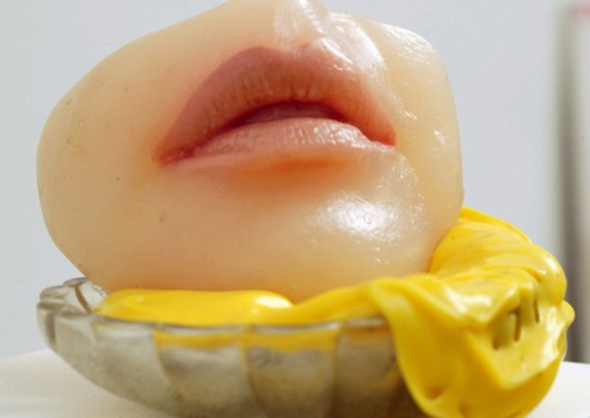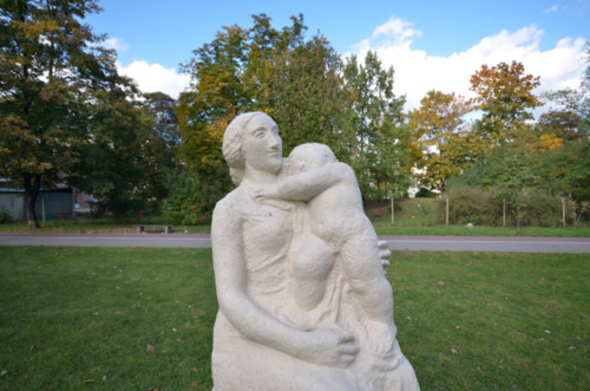An exhibition, a book, an event. The season of Alina Szapocznikow is brewing: there is an exhibition of her sculptures in the Museum of Modern Art (New York), a book on her correspondence with Ryszard Stanisławski is being published by the Karakter Publishing House and her sculpture entitled Woman with Child is going back to Żoliborz (Warsaw). Her son Piotr Stanisławski said that ‘she was a witch everybody was in love with.’ She attracted attention – a talented, attractive and intriguing woman. And a fulfilled one as well. After the war trauma of the ghetto and concentration camps, she lived to the max, not yielding to consecutive diseases that included cancer recurrences. She worked, loved and travelled. Nowadays Alina Szapocznikow is considered one of the most prominent artists of the second half of the 20th century. She believed in good decent socialism and in 1951 she came back from Paris to Warsaw in order to rebuild the capital city (she has the sculpting decorations of Warsaw’s MDM to her credit), she designed the Monument of Polish-Soviet Amity and the Monument of Josef Stalin. She was popular and decorated. In 1963 she went back to Paris and stayed there, getting involved in pop-art, new materials, the circle of artists united around the art critic Pierre Restany and the creators of New Realism such as Niki de Saint-Phalle, Spoerri, Cesar, Arman. She was resourceful and inventive, open to novelty, searching new forms and ways of expression, provocative. Her works combine pop-art and conceptual art with surrealism. In the past some of her works such as Mad White Bride (1971) – a sculpture of a petite woman leaning against a naturalistically presented penis, or polyester impressions of breasts with fetchingly pink nipples, or penis-lamps gave rise to scandals. The manifesto of femininity and bodiliness – erotic, biological or physiological – had always been present in her art. Szapocznikow knew and sensed the fragility of existence, beauty and vitality, but also the destruction and mortality of the body. In her art she was able to show them seriously or distantly and sometimes even humorously, to transform her own trauma into sculptures. ‘I merely produce awkward, clumsy objects,’ wrote Alina Szapocznikow about her sculptures in 1972, a few months before her death. Today her ‘awkward, clumsy object’ are considered pioneering works of feministic art.
Those who cannot fly to New York to see the exhibition Alina Szapocznikow. Sculpture Undone 1955-1972 in the Museum of Modern Art may find consolation in reading the book ‘Kroją mi się piękne sprawy. Listy Aliny Szapocznikow i Ryszarda Stanisławskiego 1948–1971’ (a very well-written private correspondence) and in the trip to Warsaw’s Żoliborz (on 29th September Szapocznikow’s renovated sculpture Woman with Child goes back to the square at the Komedia Theatre).
This year’s autumn-winter season belongs to Alina Szapocznikow. https://www.youtube.com/watch?v=tBH58lnmErY Saturday, 29th September, 3pm, Żoliborz, the Square at the Komedia Theatre (on the side of Harcerska Street) https://www.moma.org/visit/calendar/exhibitions/1241


